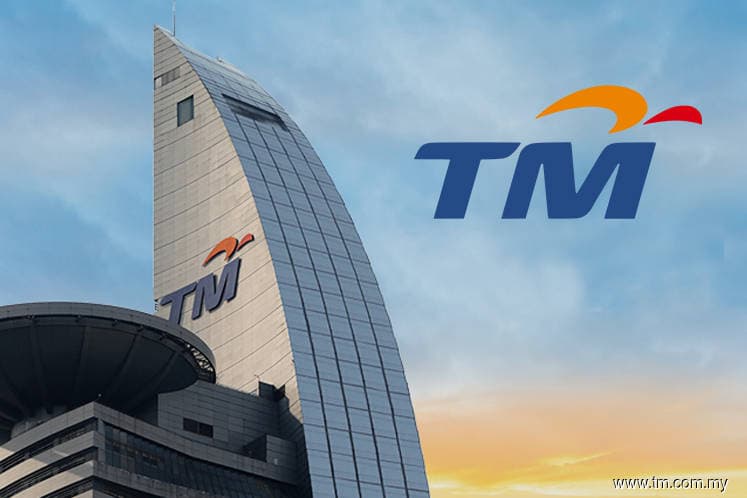
This article first appeared in The Edge Financial Daily on March 19, 2019
KUALA LUMPUR: Telekom Malaysia Bhd’s (TM) decision to sell its non-core assets sits well with analysts, who view any positive cash flow for the group as a welcomed development.
One analyst said the move was timely, as the cash generated from the sale can be used to finance business activities, in lieu of the group approaching external creditors and developing a higher gearing ratio.
“Any business would want to do that; it is something that should have been done in the first place,” said the analyst who did not wish to be named.
He added that the sale of such assets should not come as a surprise to investors as the group has been consistent in its desire to optimise its assets to ensure optimal profitability.
TM recently said that at the end of the fourth quarter of financial year 2018 (4QFY18) ended Dec 31, 2018, the group had RM8.57 billion in borrowings, of which 18% or RM1.54 billion was US dollar-denominated.
According to Bloomberg data, the group has a debt-to-equity ratio of 79.67.
The group’s 4QFY18 net profit slumped 78% to RM69.66 million, from RM277.01 million a year earlier. Quarterly revenue fell 3.5% to RM3.09 billion from RM3.2 billion previously.
For FY18 as a whole, the group’s net profit declined 83.5% to RM153.15 million, from RM929.75 million for FY17, with revenue slipping 2.2% to RM11.82 billion from RM12.09 billion.
Another analyst said while the move to sell non-core assets was part of TM’s playbook to improve its balance sheet, it could also signal the group’s intention to be an “asset-light entity” as it shifts its focus to digitalisation.
Asked if he expects an escalation in the number of asset sales in the near future, the analyst said he does not as TM has been consistent in its desire to unlock the value of its non-core assets as part of its strategy.
“They (TM) have a lot of legacy assets such as exchanges, with some of these exchanges being converted into IT (information technology) exchanges. There is a need to relook at the entire portfolio of assets that they have,” he said.
The analyst explained that the group has a lot of infrastructure that could be repurposed, with one example being the conversion of telephone switch exchanges into IT exchanges for the provision of the Internet.
TM announced late last month that it would be selling its Annexe 1 and Annexe 2 buildings at its headquarters in Kuala Lumpur for between RM273.4 million and RM312 million, depending on whether the buildings are in a vacant state or with tenancy agreements upon purchase.
TM acting group chief executive officer Imri Mokhtar has been reported as saying that the group is looking at transforming itself into a more agile organisation that can quickly take advantage of new opportunities.
Imri said the group is looking at only selling such assets for what it deems as fetching a “good value”, with the proceeds from such disposals utilised by its core business activities and working capital requirements.
Both analysts are of the belief that 2018 was a particularly bad year for TM and that the net impact of the government’s Mandatory Standard on Access Pricing (MSAP) on high-speed broadband of the telco has yet to be fully realised, as a full year has to be given for a clearer view on its impact.
They added that the group’s FY18 results were resultant of the group lowering its prices as per the MSAP and increased competition from others telcos, particularly with high-speed broadband.
For the second analyst, TM has to deal with short-term challenges such as a reduction in its workforce as it transitions into a more digital company.
TM has a 12-month target price of RM2.88, with three “buy” calls, 15 “hold” calls and nine “sell” calls on the stock.